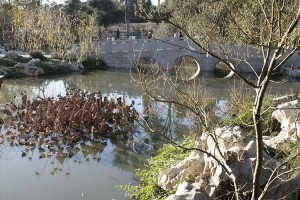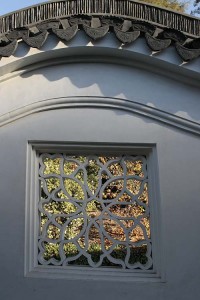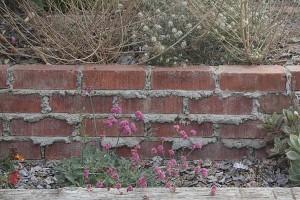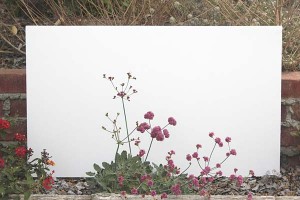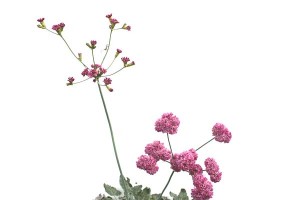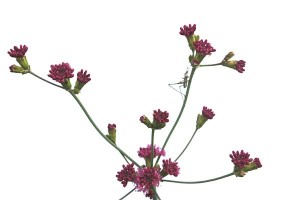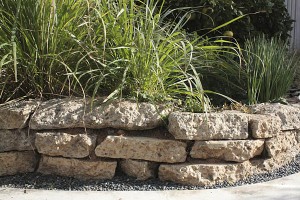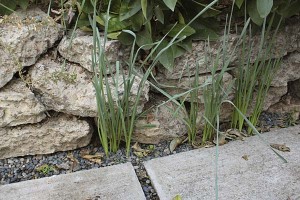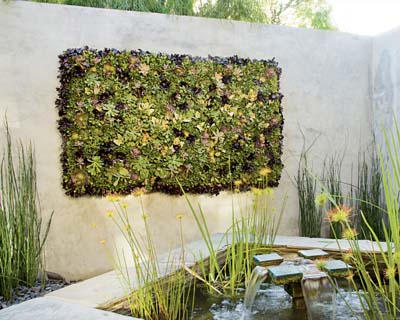
One of the bits of ugliness that we uncovered as part of our current household projects is this wall in the garden that we’re trying to figure out what to do with. When we look out the dining room, kitchen and bedroom windows this is what we see, and it has the potential for being a cool accent wall for the garden in front of it.
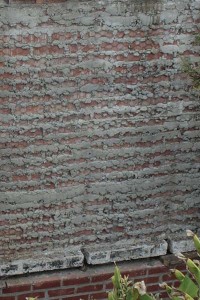
You shake your head in disbelief at how some things get constructed backwards and this was one of them. Apparently there was a low retaining wall with a fence on it to begin with. Then the previous owner wanted a nice concrete bench and outdoor fireplace on the other side. Instead of taking down the wall, they just cast the concrete bench around the wood. And then they stapled chicken wire to the fence and used it as scaffolding for the fireplace.
Wood being wood rots away after a few decades. After we moved into the house we basically replaced some of the problem spots and called it good enough, but twenty years later there was no salvaging it. Time to fix it and fix it right. But you know me: Whatever we do has to look really cool. What to do?
Leaving it alone is one option. It does have a certain warehouse chic look to it, although nothing else in the house has anything else to do with that look.
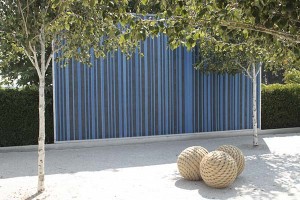
This wall detail in the Topher Delaney garden that I’ve written about recently serves as one inspiration. I wouldn’t recreate it literally, but it shows how something bold and dynamic can animate the garden space. It would be easy enough to chip off the mortar and detach the chicken wire from my wall and tile something geometric and bold.
I do wonder, though if it might dominate the space a bit too much. And how well would something so bold would wear after a few decades? Would a simple background divider, a foil for plants, be a better option?
It’ll be several months before I’ll be able to take on this part of the project, so I’ll have some time to come up with a plan. What would you do with a problem wall like this?

